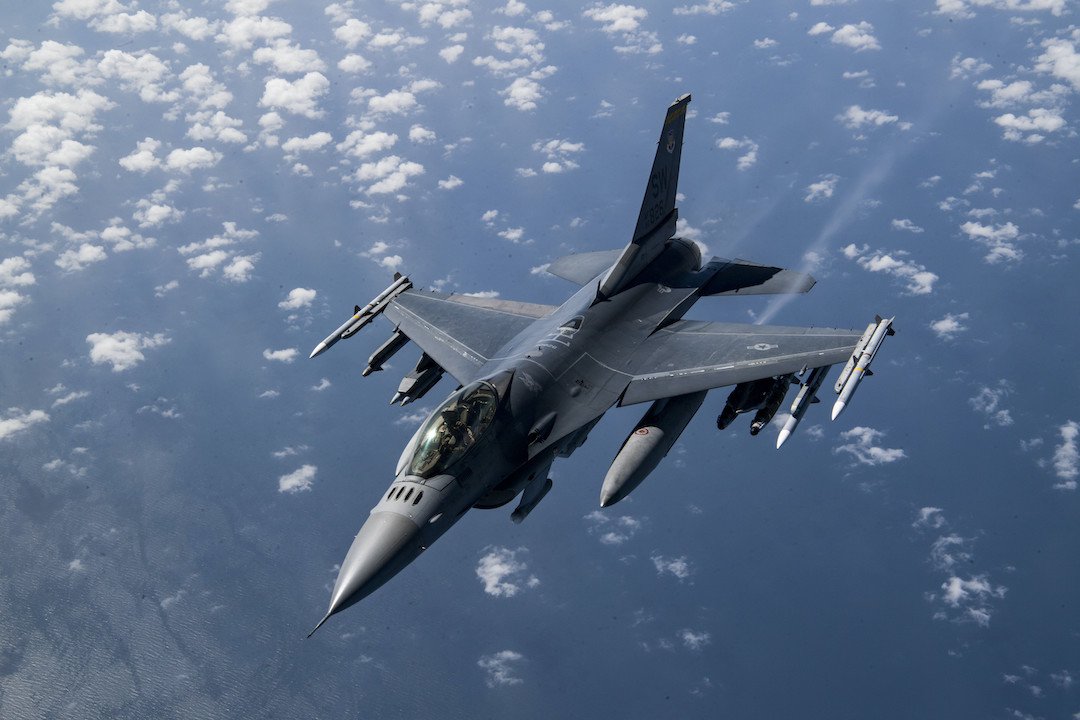Texas Gov. Greg Abbott this week in Fort Worth made official something I thought everyone already knew.
He signed a resolution, introduced by state Reps. Charlie Geren and John McQueeney and sponsored by former state Sen. Kelly Hancock — newly installed Texas comptroller — designating the city as the official Aviation and Defense Capital of Texas.
Aviation has long been championed by the city’s leadership. Flight was an obsession with Amon Carter, who brought the “Great Aviation Meet” here in 1911. During his stay here for that, Roland Garros made the first powered flight in Fort Worth in what is today the Seventh Street corridor. Charles Lindbergh made Fort Worth a semi-regular stop.
None other than the commander-in-chief, John F. Kennedy, all those years ago made note of Fort Worth, “which understands national defense and its importance to the security of the United States.”
During the days of the Indian War, this city was a fort. During the days of World War I, even before the United States got into the war, Royal Canadian Air Force pilots were training here. During the days of World War II, the great Liberator bombers, in which my brother flew with his co-pilot from this city, were produced here.
An aside: Lt. Wilford J. Willy, a Fort Worth resident, was Joseph P. Kennedy Jr.’s co-pilot that day. Both were awarded the Navy Cross posthumously. Willy was not a native but had been stationed at Eagle Mountain Lake Marine Air Base. The president, continued:
The first nonstop flight around the world took off and returned here, in a plane built in factories here. The first truly intercontinental bomber, the B-36, was produced here. The B-58, which is the finest weapons system in the world today, which has demonstrated most recently in flying from Tokyo to London, with an average speed of nearly 1,000 miles per hour, is a Fort Worth product.
The Iroquois helicopter from Fort Worth is a mainstay in our fight against the guerrillas in South Vietnam. The transportation of crews between our missile sites is done in planes produced here in Fort Worth. So wherever the confrontation may occur, and in the last 3 years it has occurred on at least three occasions, in Laos, Berlin, and Cuba, and it will again–wherever it occurs, the products of Fort Worth and the men of Fort Worth provide us with a sense of security.
The F-16 would soon follow. Two generations later, the F-35 would be introduced. In addition to the “bomber plant” that would become Lockheed Martin, Amon Carter — who lived and breathed Fort Worth economic development — also persuaded Bell to find a home here in 1951. Carswell Air Force Base, named for the native son killed WWII, was a major Strategic Air Command Base during the Cold War. The Lucky Lady II, a B-50 of the 43rd Bombardment Group, was the first nonstop flight around the world. It took off from Carswell, as the president noted.
Well, anyway, Fort Worth has a new moniker.
Abbott signed House Concurrent Resolution 142 at a luncheon hosted by the Fort Worth Economic Development Partnership where more than 100 leaders gathered to mark the occasion.
Fort Worth indeed has firmly established itself as one of North America’s premier aerospace and defense hubs. The region’s industry extends well beyond aircraft manufacturing, encompassing the production of missiles, drones, and other unmanned aerial systems.
The employment numbers tell a compelling story. More than 23,500 people work in the six-county Fort Worth area’s aerospace and defense sector, earning an average wage exceeding $100,000, according to the Economic Development Partnership. Home to more than 600 aerospace-related companies — including industry leaders like Bell and Lockheed Martin — Fort Worth continues to drive innovation and advanced production on a global scale.
Recent developments — including Embraer’s plans for new maintenance, repair, and overhaul facilities at Perot Field Fort Worth Alliance Airport, the expansion of GE On Wing Support Inc. near DFW Airport, and AVX Aircraft Co.’s new headquarters in AllianceTexas — which houses Perot Field Fort Worth Alliance Airport — underscore the continued growth of Fort Worth’s aerospace and defense sector.
Collectively these projects add more than $120 million in capital investment and more than 350 jobs to Fort Worth, according to the EDP.
There are many others, too.
MTU Maintenance is planning to invest $120M in an expansion at Alliance that will create 1,200 jobs. Just today, we posted a story about Fort Worth-based Brazos Safety Systems securing a strategic growth investment from a Los Angeles-based private equity firm.
In April, as part of a sweeping new federal initiative, the Texas A&M University System announced the creation of the Center for Advanced Aviation Technologies — CAAT — a hub for cutting-edge research into aviation innovations such as unmanned aircraft, air taxis, and hypersonic vehicles. The laboratory component will be housed in Fort Worth.
So, hell yes, we know Fort Worth is the Capital of Aviation and Defense in Texas.
It’s a significant chapter in a story whose conclusion remains far from written.
